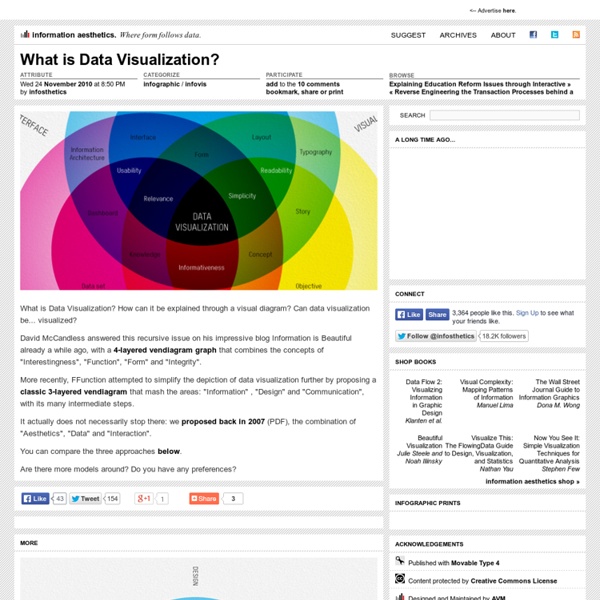



How Much Data Will Humans Create & Store This Year? [INFOGRAPHIC] If you've spent any amount time watching your Facebook or Twitter feed stream by, it should be obvious that the world is creating a lot of data. But because all that data is really just a collection of ones and zeros it can be hard to actually visualize how much is really there. Sure, we can put a number on it, like 1.8 zettabytes being created and replicated (as in copied to DVDs and shared in the cloud) this year alone — a number that doubles every two years, according to a recent study by IDC and EMC. But how much is that, really? Not only is data itself ethereal and hard to visualize, but the numbers are so gargantuan that they quickly become too abstract to grasp. One way to put it all into perspective is to hypothetically plug all that data into physical objects we all recognize. The infographic below contains a few more mind-blowing comparisons to help you make sense of the numbers. Image by Sasha McCune
Data science We’ve all heard it: according to Hal Varian, statistics is the next sexy job. Five years ago, in What is Web 2.0, Tim O’Reilly said that “data is the next Intel Inside.” But what does that statement mean? Why do we suddenly care about statistics and about data? In this post, I examine the many sides of data science — the technologies, the companies and the unique skill sets. The web is full of “data-driven apps.” One of the earlier data products on the Web was the CDDB database. Google is a master at creating data products. Google’s breakthrough was realizing that a search engine could use input other than the text on the page. Flu trends Google was able to spot trends in the Swine Flu epidemic roughly two weeks before the Center for Disease Control by analyzing searches that people were making in different regions of the country. Google isn’t the only company that knows how to use data. In the last few years, there has been an explosion in the amount of data that’s available.
FlowingData